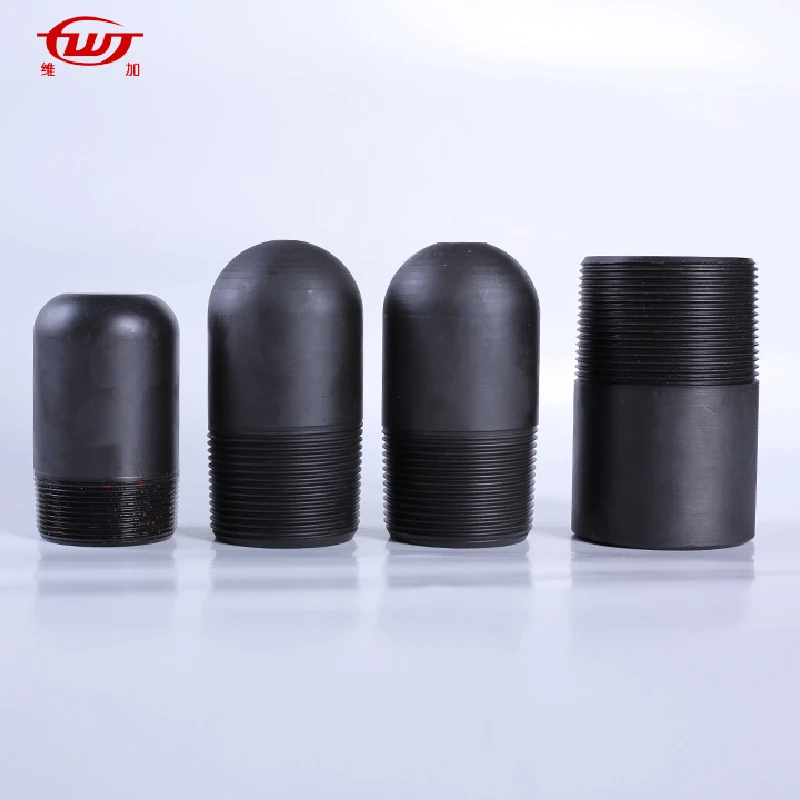- Afrikaans
- Albanian
- Amharic
- Arabic
- Armenian
- Azerbaijani
- Basque
- Belarusian
- Bengali
- Bosnian
- Bulgarian
- Catalan
- Cebuano
- Corsican
- Croatian
- Czech
- Danish
- Dutch
- English
- Esperanto
- Estonian
- Finnish
- French
- Frisian
- Galician
- Georgian
- German
- Greek
- Gujarati
- Haitian Creole
- hausa
- hawaiian
- Hebrew
- Hindi
- Miao
- Hungarian
- Icelandic
- igbo
- Indonesian
- irish
- Italian
- Japanese
- Javanese
- Kannada
- kazakh
- Khmer
- Rwandese
- Korean
- Kurdish
- Kyrgyz
- Lao
- Latin
- Latvian
- Lithuanian
- Luxembourgish
- Macedonian
- Malgashi
- Malay
- Malayalam
- Maltese
- Maori
- Marathi
- Mongolian
- Myanmar
- Nepali
- Norwegian
- Norwegian
- Occitan
- Pashto
- Persian
- Polish
- Portuguese
- Punjabi
- Romanian
- Russian
- Samoan
- Scottish Gaelic
- Serbian
- Sesotho
- Shona
- Sindhi
- Sinhala
- Slovak
- Slovenian
- Somali
- Spanish
- Sundanese
- Swahili
- Swedish
- Tagalog
- Tajik
- Tamil
- Tatar
- Telugu
- Thai
- Turkish
- Turkmen
- Ukrainian
- Urdu
- Uighur
- Uzbek
- Vietnamese
- Welsh
- Bantu
- Yiddish
- Yoruba
- Zulu
Exploring the Dynamics of API 5CT Coupling in Oil and Gas Applications
Understanding API 5CT Coupling Key Insights into Oil and Gas Operations
In the ever-evolving landscape of oil and gas extraction, the importance of industry standards cannot be overstated. One such critical standard is API 5CT, which outlines the specifications for casing and tubing used in oil and gas wells. Among the essential components dictated by this standard is the coupling, which plays a pivotal role in ensuring the integrity and efficiency of drilling operations.
What is API 5CT?
The American Petroleum Institute (API) developed API Specification 5CT to regulate the manufacturing process of casing and tubing products utilized in the petroleum industry. API 5CT ensures that these components meet stringent safety, strength, and performance criteria, which are vital for the successful extraction of oil and gas resources. The specification applies to the materials, dimensions, and mechanical properties of the pipe used in drilling.
The Role of Coupling in API 5CT
A coupling is a critical component that connects two joints of casing or tubing together. This connection is paramount, as it must maintain the structural integrity of the wellbore while handling the high pressures and temperatures typical of oil and gas extraction. Couplings are typically required in both seamless and welded pipes, depending on the application's needs.
In API 5CT, couplings are designed to accommodate various specifications, marked by unique designations (like H-40, J-55, K-55, etc.) that refer to different grades of material strength and performance characteristics. Each grade indicates not only the mechanical properties but also ensures compatibility with specific applications, significantly affecting the overall performance of drilling operations.
Types of API 5CT Couplings
API 5CT recognizes several types of couplings designed for different purposes. The most common types include
1. Conventional Couplings These are the standard type of couplings used to connect the lengths of the pipe. They allow for easy assembly and disassembly, making them a popular choice for many applications.
api 5ct coupling

2. Premium Couplings Designed for high pressure and extreme temperatures, premium couplings offer superior strength and sealability. They are optimized to prevent leaks and are essential in more demanding extraction scenarios.
3. Threaded Couplings These couplings come with threaded ends that facilitate a strong connection and prevent disassembly during operation. The threads are designed to comply with API specifications, ensuring a perfect fit with the casing or tubing.
4. Welded Couplings In situations where additional strength is required, welded couplings may be used. These couplings are securely welded to the pipe ends, providing enhanced structural integrity.
Importance of Quality Assurance
Quality assurance in the manufacturing of API 5CT couplings is non-negotiable. The oil and gas industry operates under conditions that demand the highest reliability. Poorly manufactured couplings can lead to catastrophic failures, resulting in significant safety risks, environmental hazards, and costly downtimes.
Manufacturers must adhere to rigorous testing and inspection protocols to ensure that each coupling meets the requirements outlined in the API 5CT specification. This includes checks for dimensional accuracy, material properties, and pressure resistance.
Conclusion
The significance of API 5CT coupling in oil and gas operations is clear these components ensure the safety and efficiency of drilling operations. By adhering to the API 5CT standards, operators can mitigate risks associated with well integrity, enhance the longevity of their equipment, and ultimately drive the success of their extraction efforts.
As the demands of the oil and gas industry continue to grow and evolve, the importance of adhering to standards like API 5CT will only increase. The advancements in materials and design will likely shape the future of couplings, promising even greater performance and reliability. For companies operating in this sector, staying informed about these developments and ensuring consistent compliance with established standards will be crucial for maintaining a competitive edge in the market.
-
Tubing Pup Joints: Essential Components for Oil and Gas OperationsNewsJul.10,2025
-
Pup Joints: Essential Components for Reliable Drilling OperationsNewsJul.10,2025
-
Pipe Couplings: Connecting Your World EfficientlyNewsJul.10,2025
-
Mastering Oilfield Operations with Quality Tubing and CasingNewsJul.10,2025
-
High-Quality Casing Couplings for Every NeedNewsJul.10,2025
-
Boost Your Drilling Efficiency with Premium Crossover Tools & Seating NipplesNewsJul.10,2025







